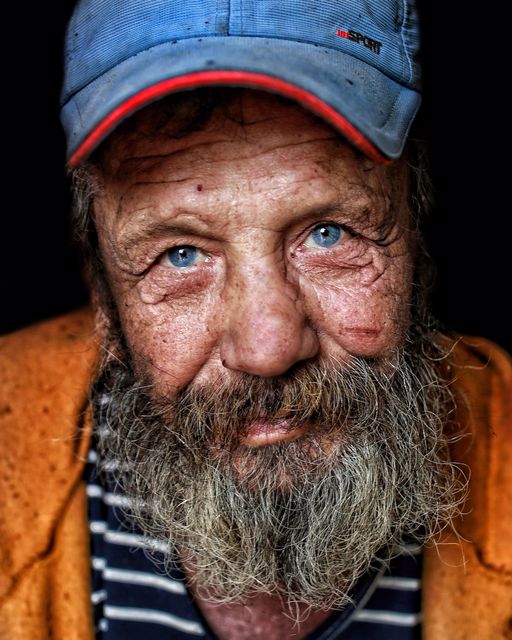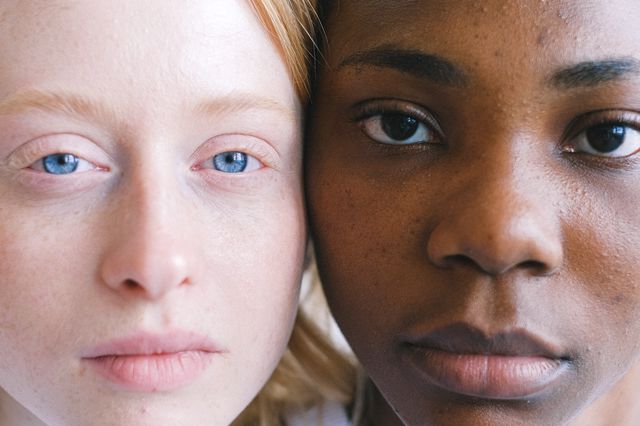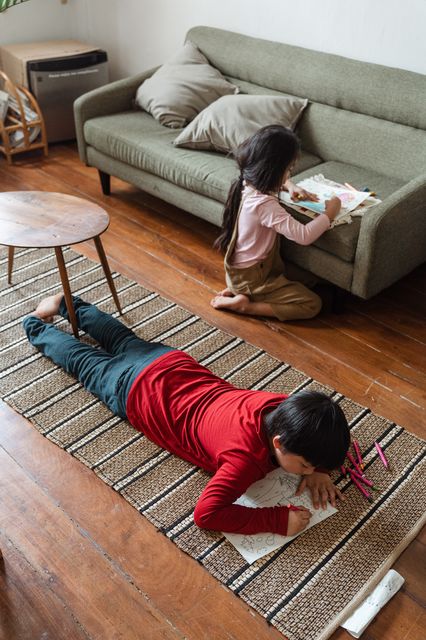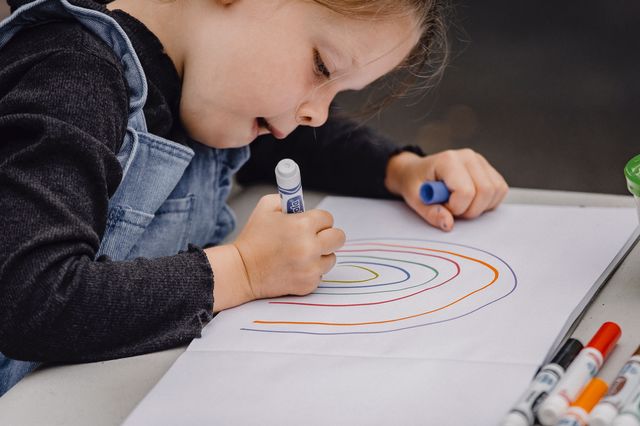Looking into the face of the people around us is a lost art. We look beyond and through the faces of others. Occasionally we look at them. Rarely do we look into a face. We have perfectly good, grown-up reasons for our behavior. There are so many other things, important things, clamoring for our attention. Or we want to respect the “space” of others and avoid being too intrusive. All of us have known the uncomfortable feeling that goes with the awareness of a deep, penetrating stare from a stranger or even a friend. It feels like they are trying to read our minds. It feels like they are trying to pull something out of us.

There is something personal, perhaps too personal, about looking into the face of another. It invites connection, but it also invites vulnerability. Their eyes seem to be saying: “Yes, I’m looking at you, really looking at you. I am inviting you to look just as deeply at me.” And many of us, well, we are not ready for that kind of looking.
Of course, there are those faces that we can’t turn away from or forget. With these faces, we will memorize every curve, contour, and color of their countenance. The slightest change in these faces can set off all kinds of reactions in us. It may be the faces of ones whom we love so deeply that it feels like we can’t live without them. It may be the faces of ones who have hurt us so badly that we can never forget them, even when we shut our eyes, and our heads, and our hearts, as tightly as possible.
But for the most part, the people we meet around us don’t move us or stir anything in us at all. Perhaps we don’t even see their faces as we move from one important task to another. They have become “faces in a crowd”, or perhaps, it is more accurate to say they have become a “crowd without faces.” We look beyond and through these people, but rarely do we look into their faces. We will look at them, all of them from head to toe as they stand there or move past us, but we will not look into their faces.
Of course, children seem to have no problem looking into faces. In fact, the ability of children and adolescents to read our faces with such accuracy would be awe-inspiring if it weren’t so exasperating. Of course, think about this gift for a moment, and it begins to make sense. After all, their whole lives have been spent looking into faces. As far back as they can remember, faces have dominated their world. It is by looking into the faces of the people in their lives that they have learned what the world and what life is all about.

Consider this. For infants, it is the face of a parent or a loved one that dominates their whole field of vision. For a period of time, faces are, quite literally, their entire world! It was faces that they used to begin to connect with the world around them. It was faces that they “used” to determine if the world was a safe and inviting place or an uncertain and threatening place. So it makes sense that children are good at reading faces. There is a lot at stake in what they read.
Of course, there is one more important point to make about this children’s gift of looking into and reading faces. All of the adults who are reading these words right now were, at one time, children. All of us knew this uncanny interest and ability to look into the face of another and see something.
Why is that? And where did it go? Why is it that the stare of an adult makes us comfortable and suspicious while the gaze of a child feels warm and inviting? Maybe it’s because one comes from an adult and the other comes from a child. Or maybe it’s because one is a stare and the other is a gaze.

Robert Coles, in his book The Spiritual Life of Children, reports that he has “accumulated 293 pictures of God; all but 38 are pictures of His face, with maybe a neck, some shoulders, but no torso, arms, or legs.” A man asks for a picture of God, and what he gets is a picture of God’s face. Even when they are old enough to know better, to know that God does not have a face like everyone else, children give God one when asked to describe God.
The face of God. Maybe we should give more attention to the pictures of God from these “face experts.” There may be more knowledge of God in those Crayola creations than in all of the doctrine and theology books collecting dust on our shelves. Perhaps once in a while—and certainly more often than an annual “Children’s Sunday” where worship is reduced to children songs and object lessons—we should let these theologians of God’s face have their voice.
How about this? We can take down all the richly decorated paraments that adorn the altar. We can cover the altar and chancel area with all these delightful pictures of the face of God. No sermon will be spoken. Instead, like patrons in a museum, we will file past these works of art. We will stop and pause at our favorites and let them touch our souls. We will let them speak to us of a God whose son spoke of entering God’s kingdom as children.
When the tour is over, it’s time for the next part of the service. Here, the children will hand out paper and crayons and invite us to draw our own picture of God. And when they see the painful, fearful, or anxious look on our faces in response to their request, the children will look into our faces and say, “Don’t worry. If it’s too hard, I’ll help.” And hopefully, right then, looking into the face of this inviting child, we will have our first burst of inspiration, pick up a crayon, and start drawing.
I don’t know all that would happen in a worship service like that. But I’m guessing that all of us would find ourselves looking more deeply than we have in a long time into the “faces in the crowd” that make up all the people sitting in the pews around us. I’m guessing we would find ourselves looking more deeply than we have in a long time into the “crowd without faces” that we encounter when we leave that place. I’m guessing we would find ourselves, in all of these moments, looking more deeply than we have in a long time into the face of God.

Thank you for sharing these thoughts and images ~ I am working very hard on being present in every situation I am in ~ and this concept certainly falls into these efforts. I see you, Gary 🙏
Ruth,
I know sometimes they are just words, and knowing you, I have sense of what you are saying, but isn’t it interesting that we often think we have to “work very hard on being present.” I think of the idea that if God is present everywhere, then God is present right now. So often, it feels like we think of entering into the presence of God, as if we weren’t there before we decided to do it. Maybe it is recognizing and entering, in a more intentional way, into what is already and always true.
Thank you for the reminder Gary. I recall the time in my life when I began to
look intently into the eyes and face of those we served at the court to gain a
better understanding of their situation. The connection made a difference for me.
Yes, looking into is so very different that looking at.